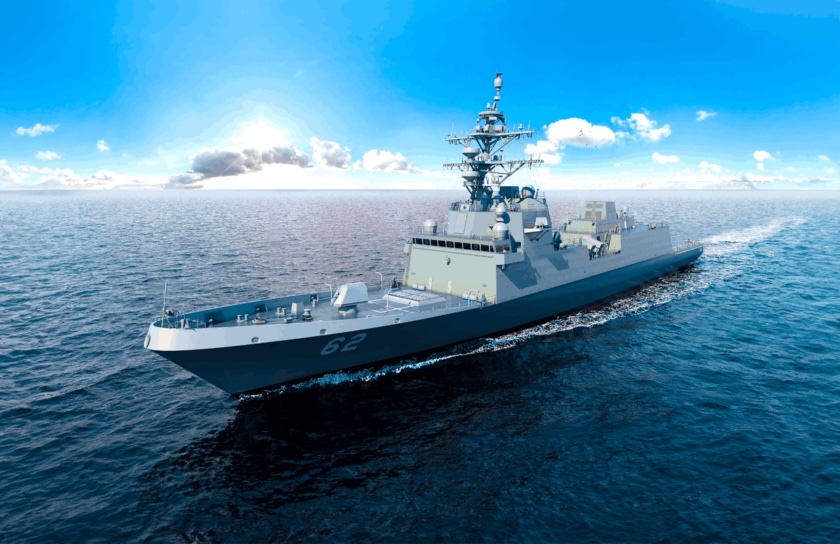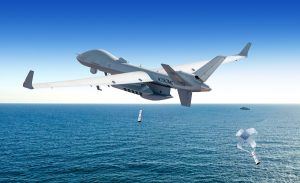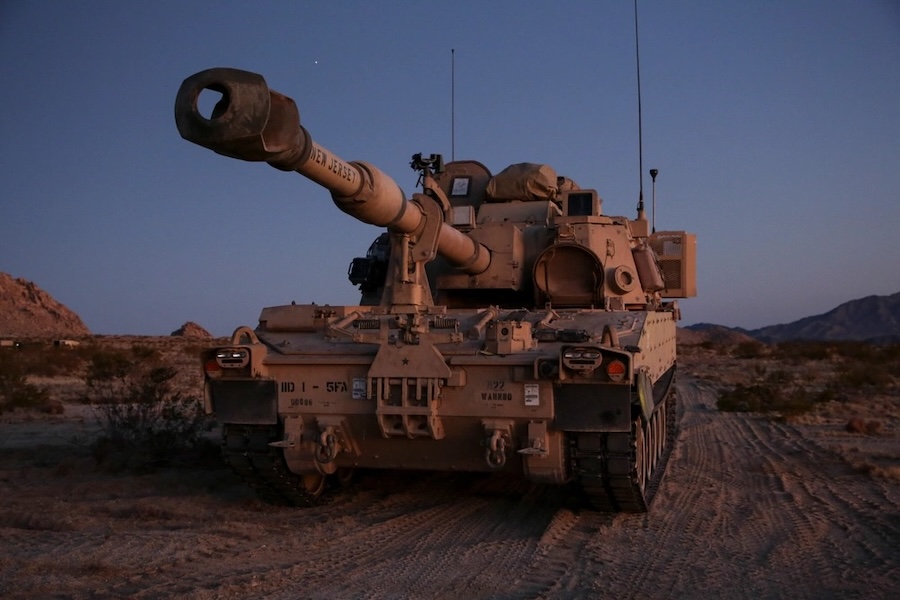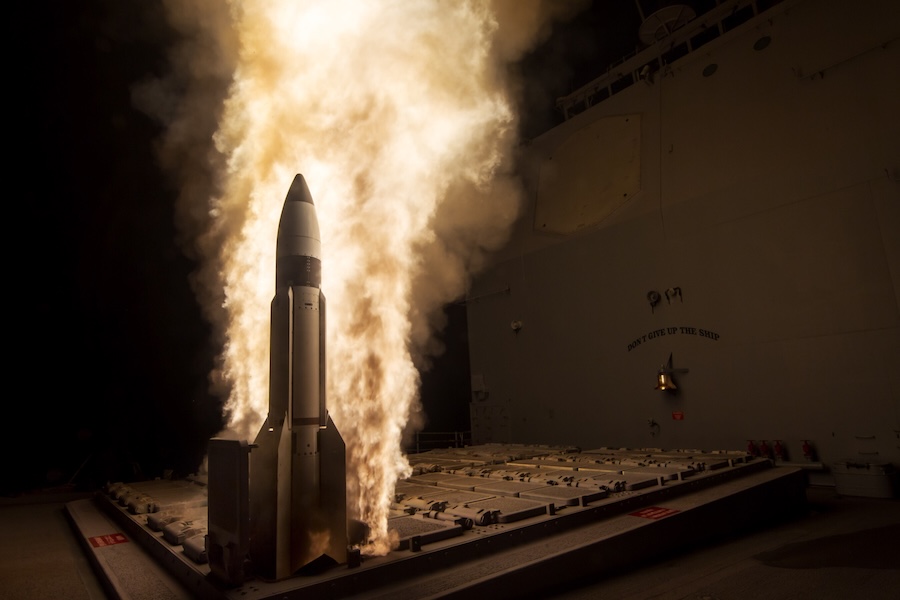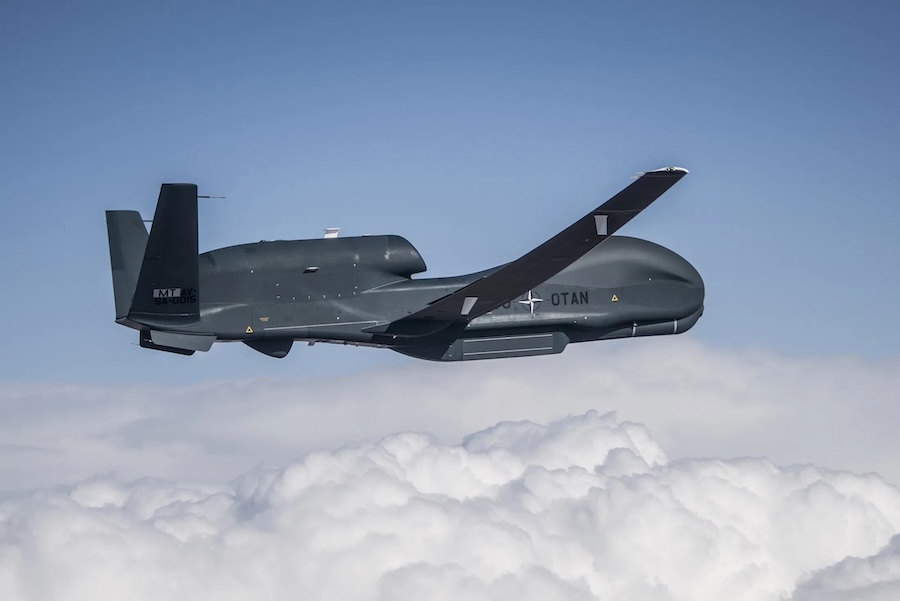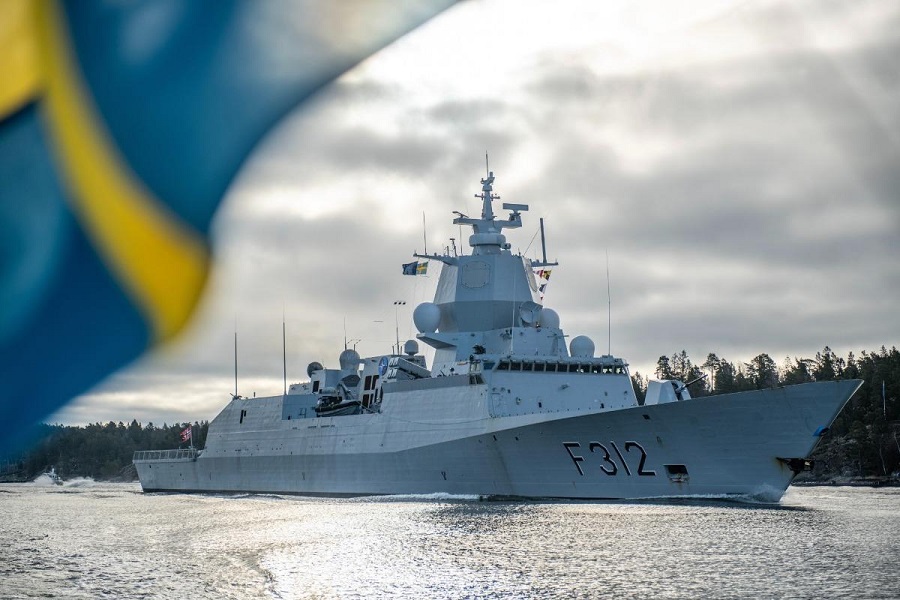The Navy said the decision supports efforts to field new ship classes more quickly. “A key factor in this decision is the need to grow the fleet faster to meet tomorrow’s threats. This framework seeks to put the Navy on a path to more rapidly construct new classes of ships and deliver capabilities our war fighters need in greater numbers and faster,” a senior defence official said.
The Pentagon is also adjusting its acquisition system to emphasise speed. “Speed to delivery is now our organizing principle,” Defence Secretary Pete Hegseth said in his 7 November “Arsenal of Freedom” speech. “The sense of urgency has slipped too much, and when you look at what we face, we have to recapture it.”
From day one I made it clear: I won’t spend a dollar if it doesn’t strengthen readiness or our ability to win.
To keep that promise, we’re reshaping how we build and field the Fleet—working with industry to deliver warfighting advantage, beginning with a strategic shift away… pic.twitter.com/pbTpIPDfR8
— Secretary of the Navy John C. Phelan (@SECNAV) November 25, 2025
A Navy fleet design review is underway and will shape upcoming systems, with the requirement for small surface combatants set at 73. Constellation is about 12 per cent complete, and keeping work on the first two ships maintains operations across Marinette’s three yards and supports about 3,000 workers.
“It gives us a bit more ability to be flexible and to work with the shipbuilder through this period of time as we make this transition into future work,” the senior official said. “Maintaining this shipyard and its skilled workforce is imperative to the Navy’s long-term industrial base.”
Marinette still holds orders for the final Freedom-class Littoral Combat Ship and four Multi-Mission Surface Combatants for the Royal Saudi Navy. The senior official did not specify which future classes the yard might take on, although the Navy is moving to accelerate the Landing Ship Medium and larger unmanned surface vehicle programmes.
“Fincantieri has been a committed partner, and the Navy values this partnership, our investment and together we want to rapidly deliver capabilities to warfighters, so we believe that the Navy will honor the agreed framework and channel work in sectors such as amphibious, icebreaking, and special missions into our system of shipyards, while they determine how we can support with new types of small surface combatants, both manned and unmanned, that they want to rapidly field,” Fincantieri Marine Group CEO George Moutafis said. “The key is to maximize the commitment and capabilities our system of shipyards represents.”
The Navy plans to ask Congress to shift unspent frigate funds to ships that can be built faster at Marinette. “The Navy will work with Congress in the coming weeks to seek the reappropriation of a portion of the unspent frigate funds on more readily producible ships in Marinette,” a senior Navy official told USNI News. “We do hope to retain the unspent frigate funds, as I mentioned, and have them reallocated to other ships that can be built in Marinette and delivered to the fleet faster.”
The service has spent about 2 billion dollars on the programme, while Congress has appropriated 7.6 billion dollars for options covering six ships. Redesign work to meet US survivability standards delayed the first frigate by roughly three years, pushed delivery to 2029 and added about 1.5 billion dollars in cost.
“Sometimes, you’re just better off designing a new ship,” former acquisition executive Nickolas Guertin said. “Turns out modifying someone else’s design is a lot harder than it seems.”
Source: USNI News.




